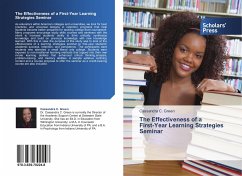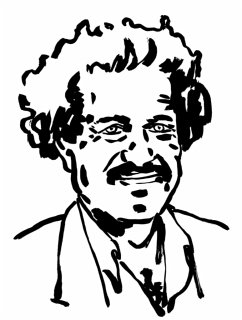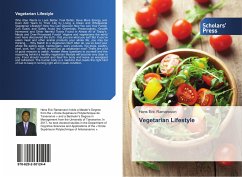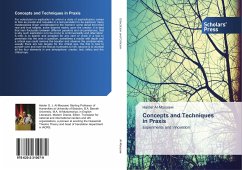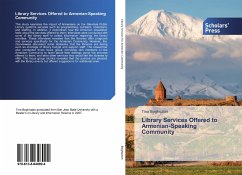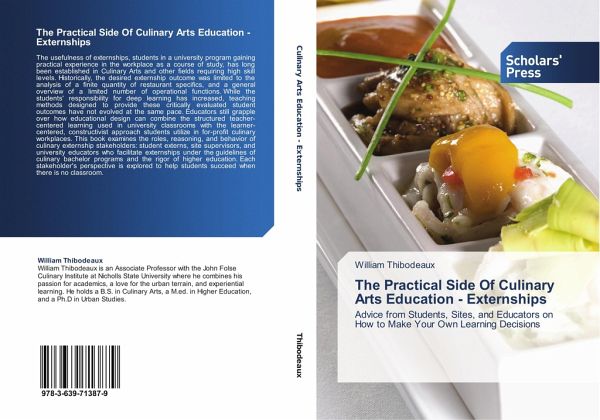
The Practical Side Of Culinary Arts Education - Externships
Advice from Students, Sites, and Educators on How to Make Your Own Learning Decisions
Versandkostenfrei!
Versandfertig in 6-10 Tagen
41,99 €
inkl. MwSt.

PAYBACK Punkte
21 °P sammeln!
The usefulness of externships, students in a university program gaining practical experience in the workplace as a course of study, has long been established in Culinary Arts and other fields requiring high skill levels. Historically, the desired externship outcome was limited to the analysis of a finite quantity of restaurant specifics, and a general overview of a limited number of operational functions. While the students' responsibility for deep learning has increased, teaching methods designed to provide these critically evaluated student outcomes have not evolved at the same pace. Educato...
The usefulness of externships, students in a university program gaining practical experience in the workplace as a course of study, has long been established in Culinary Arts and other fields requiring high skill levels. Historically, the desired externship outcome was limited to the analysis of a finite quantity of restaurant specifics, and a general overview of a limited number of operational functions. While the students' responsibility for deep learning has increased, teaching methods designed to provide these critically evaluated student outcomes have not evolved at the same pace. Educators still grapple over how educational design can combine the structured teacher-centered learning used in university classrooms with the learner-centered, constructivist approach students utilize in for-profit culinary workplaces. This book examines the roles, reasoning, and behavior of culinary externship stakeholders: student externs, site supervisors, and university educators who facilitate externships under the guidelines of culinary bachelor programs and the rigor of higher education. Each stakeholder's perspective is explored to help students succeed when there is no classroom.








